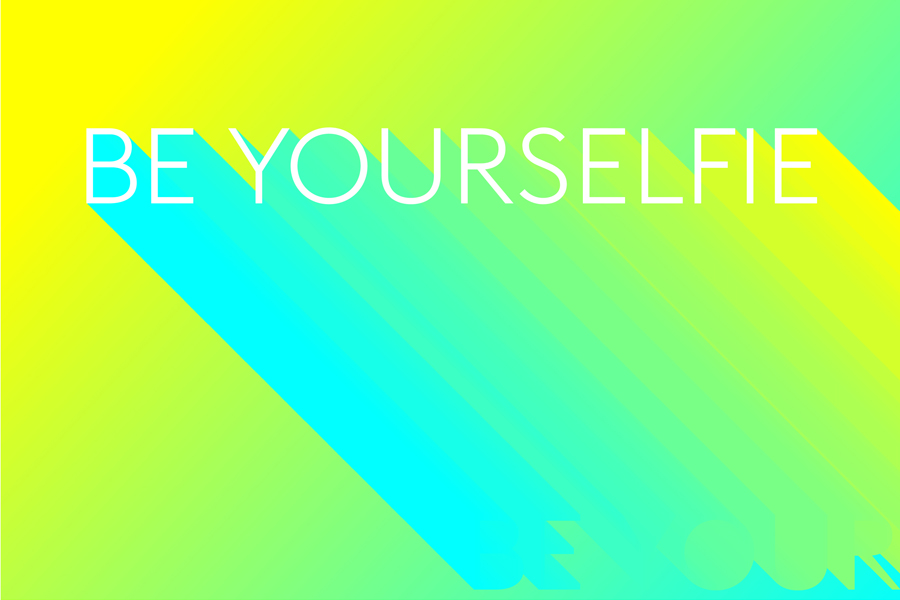Be yourselfie

Brückner graduated from the University of Fine Arts (2012), studied languages and literature at the Eötvös Lóránd University (2011), both in Budapest. He is currently completing his postgraduate diploma in Art at the Universität der Künste Berlin.
His innovative techniques were recognised by the University of Newcastle, where Brückner obtained a research position in the Cultural Lab. His has been awarded by a number of independent curatorial boards and he was also invited as resident artist in a number of prominent galleries and museums. He lives and works in Berlin.Maja Đorđević belongs to the first generation of children doodling in their computers. A doodle is a simple sketch that depicts either a specific representational image or simple abstract shapes. Typical examples of doodles are sketches found on the margins of school notebooks from students that have lost their interest during class. Popular doodles are comic characters, imaginary creatures, landscapes, geometric shapes and scribbles. In the early ’90s the first digital doodles came out; they looked similar to their offline counterparts but they had been created using software on a computer. Due to the capabilities offered by the software, digital doodles are characterized by their bright, vibrant and almost plastic colours (like the intense fuchsia and the vigorous blue). Through this colour pattern they deliver an effluence of emotions to the drawings they depict. Maja was born in 1990. in Belgrade where she graduated from Faculty of Fine Arts, Painting department. She regularly exhibits in Serbia and abroad.
Botond Keresztesi (1987) is a Romanian artist, currently living and working in Budapest. He creates a seemingly timeless pictorial space, where many historical epochs interact with each other constructing a very unrealisticly absurd space on the canvases. Maybe the artist’s favourite references are pop-culture quotes from the 80s and 90s, as he uses numerous ironic allusions from the visuality of these decades. Keresztesi is always transgressing contexts with his flamboyant use of motifs smuggling the hypnotic visuality of corporate logo culture, advertisement and brands into art history. Keresztesi, with the irrational linking of his images, tends always to be very humorous and absurd. Although elements of the present or reality remain identifiable in his paintings, the context of these is also always very paradoxal. The ambiguousness of the images of Keresztesi bears traces of the post-truth present as well.
Austin Lee (1983) is an American artist that merges abstraction and figuration, humour and pathos, in his exuberantly expressive and utterly contemporary paintings and sculptures. True to the age in which he works, he begins his paintings as iPad sketches, and he uses a 3-D printer for some of his sculptures. As he describes his painting process: “I usually start with a digital drawing on my iPad… If the drawing is worth exploring further, I will make a painting with the drawing as the starting point… If it goes well, something magical happens during the translation and I end up with something worth looking at.” Working from small- to large-scale, he covers every inch of his canvases with colour, utilizing acrylic and vinyl paint. The latter is known for its matte finish and brilliant hues, which make elements of Lee’s compositions appear to pop and glow.
Lee was selected as one of the “10 Emerging Artists to Keep on Your Radar” on Artnet News in November 2016, in which they described the 10 artists who made it on the list as those who work “with the potential to shape the future of contemporary art”.
Photo: Áron Weber
